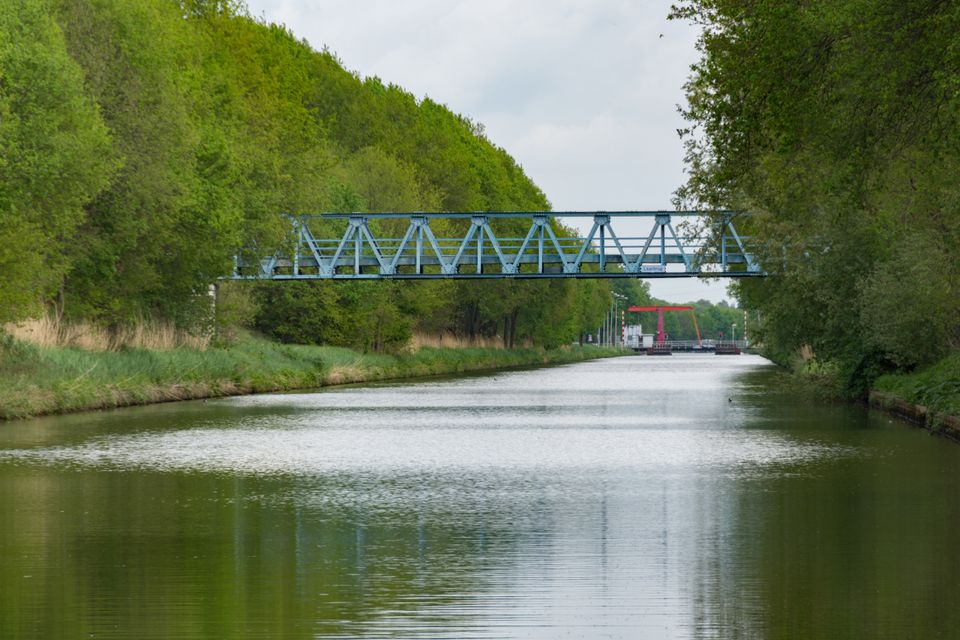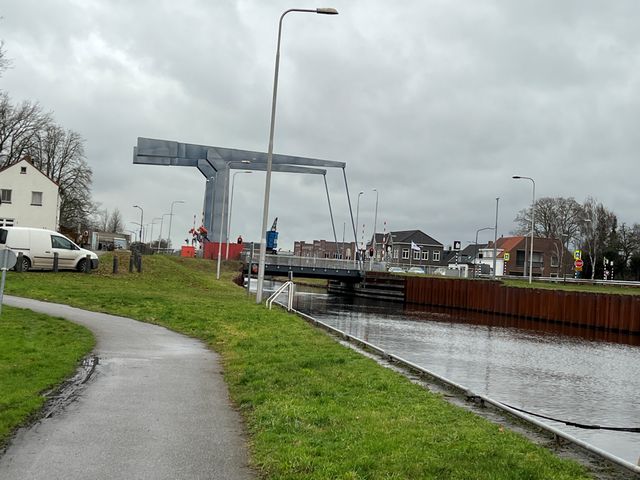Bridges
In 2010, the Municipality of Helmond purchased the Donkse bridge in order to place it over the canal at lock 7 between Aarle-Rixtel and Helmond. As a result, the bridge will be moved one lock further in the direction of Helmond. When lock 7 is renovated in the course of 2011, this bridge will be installed. It is, however, intended only for pedestrians and cyclists. A new bridge was also installed on the Donk during the refurbishment of Lock 6.
For centuries, there have been plans to create a north-south waterw…
In 2010, the Municipality of Helmond purchased the Donkse bridge in order to place it over the canal at lock 7 between Aarle-Rixtel and Helmond. As a result, the bridge will be moved one lock further in the direction of Helmond. When lock 7 is renovated in the course of 2011, this bridge will be installed. It is, however, intended only for pedestrians and cyclists. A new bridge was also installed on the Donk during the refurbishment of Lock 6.
For centuries, there have been plans to create a north-south waterway through Brabant. The canalisation of the Aa in the seventeenth century was not a success. Around 1800, government official Jan Knops said: "By canals, even if there was only one, the Meijerij would in weijnige jaaren come to the greatest prosperity". The Helmond castle lord, Carel Frederik Wesselman, was in favour of using the valley of the Aa for the construction of a canal. The Aa had far fewer bends than the Dommel and also the number of watermills was significantly less, which brought a great financial advantage. The economic advantage lay in opening up the Peel for peat extraction. After all, Eindhoven already had a good road connection with 's-Hertogenbosch. In 1817, measurements and drillings were made along the outlined route. In 1821, the site was marked out for the construction of the canal. During the digging of the Zuid-Willemsvaart between 1822 and 1826, 35 wooden drawbridges were constructed. In the Dutch part of the canal, these were replaced by cast-iron bridges around 1850. The bridges were low because one could not take a steep slope with a horse and cart. When the canal was widened between 1870 and 1900, the bridges were adapted accordingly.
The official opening of the canal took place on 24 August 1826, the King's birthday. The part from 's-Hertogenbosch to Helmond had already been opened for shipping on 31 May 1825. The canal brought much economic progress. On the Donk, in 1842, Van Thiel's Draadnagelindustrie was established and near the Beekse brug, the hosiery factory Java started. Especially Helmond profited from the trade via the canal and grew into an important centre of the textile industry. At that time, lock 7 was still in Aarle-Rixtel. At the lock, diagonally behind Karelstein, came A. van Dam's straw hull factory. On the site of that factory, plans were developed in 2010 for a new district: 'de Groene Loper'.
Shipping traffic became increasingly busy. Since the bridge on the Donk was combined with a lock, waiting times became longer and longer for those who wanted to cross the bridge. After the lock was enlarged, three ships could now pass through at the same time. This prompted the municipal authorities of Beek and Donk to request the Minister of Waterways and Public Works to take the opening of the bridge into account when the factory workers had to cross it. That was four times a day: in those days, it was still customary to eat at home in the afternoon. As the factories were on the east side and most people lived on the west side, this was particularly difficult. People asked the factories at what times it was best to keep the bridge down. Van Thiel's Draadindustrie indicated that it would be best to keep the bridge open for traffic between noon and a quarter past twelve and between a quarter past one and half past one.



